Both Sotheby’s and Christie’s have seen solid starts to their Asia Week auctions – and it was notable, at both houses, how prominent a part was played by modern and contemporary art from the Indian subcontinent.
The standout work was a painting by M.F. Husain, which doubled expectations to set a new record for the artist at $2.8m. Husain was dubbed ‘The Picasso of India’ by Forbes in 2005, and so perhaps there is something apt in the fact that his record is now held by a work entitled Bulls (1961). Then again, it has often since been pointed out that the sobriquet doesn’t really fit; while other members of the Bombay Progressive Artists’ Group had one eye on the West, Husain always stayed committed to traditional Indian subjects. The kinds of symbolism at play in this turbulent, lugubrious and yet strangely harmonious composition are a world away from Picasso.

Bulls (1961), M.F. Husain. Sotheby’s New York, $2.8m
Under a lowering sky of umber and teal, a bull rocks back upon its haunches. Shadowing it to the left is a darker bull, masked in vivid red; a thick brown staff appears to be pierce the central bull’s neck, while on its torso is stamped a chalk-white handprint. It is typical of the artist – raised in a Muslim household, though inspired by the ideal of secularism in post-partition India – that he draws on motifs pertinent to a number of religious cultures; the handprint has been likened to the Hamsa, while the bull itself has various associations within Hindu mythology, both maleficent and benign. It is a complex, compelling image, which raises more questions than it answers; small wonder it was chosen as the cover image for what remains among the most authoritative monographs on the artist, published in 1971 by the US publisher Harry N. Abrams with texts by Richard Bartholomew and Shiv S. Kapur. Abrams bought the painting directly from Husain, before it was sold at Christie’s from his estate in 2003; this is the first time it has been seen on the market since.
In total, Sotheby’s Modern & Contemporary Asian Art sale of 75 lots brought in $7m against an estimate of $2.5m–$3.7m with only seven lots unsold. Sales of Important Chinese Art and Indian and Himalayan Art were more muted affairs, bringing in $12.2m and $5.2m, with 76 and 68 per cent of lots sold respectively. But strong figures were achieved for ‘Celestial Colours: The Cadle Family Collection of Chinese Monochromes’, a group of porcelains from the Northern Song, Ming and Qing dynasties, amassed during the 1980s under the advice of J.J. Lally & Co.
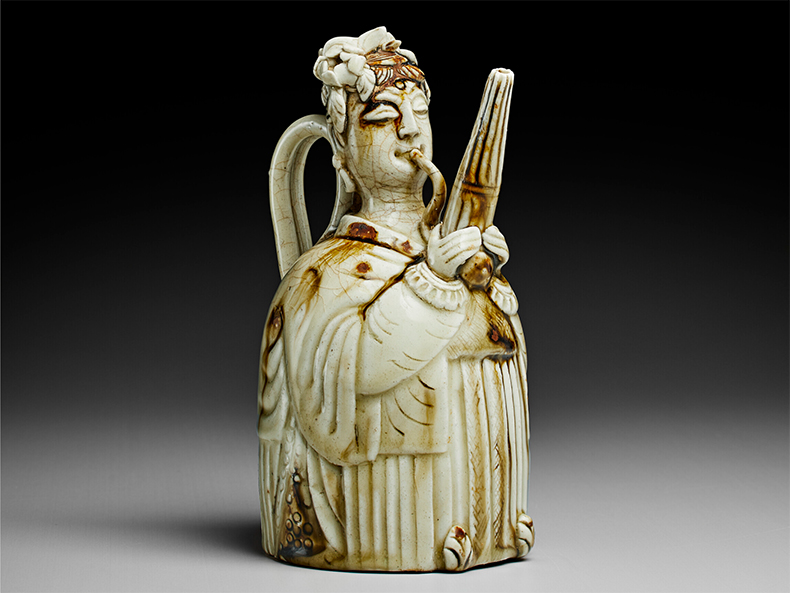
Ewer depicting a sheng player, Northern Song Dynasty (960–1127), China. Christie’s New York, $693,000
J.J. Lally & Co was also the focus over at Christie’s, which staged a 138-lot auction on Thursday night (23 March) dedicated to this leading New York dealership in Chinese porcelain and other antiquities, which closed its doors in 2021 when Jim Lally retired after 35 years in the business. Their gallery in the Fuller Building on 57th Street became an important hub for aficionados of Chinese art at a time when New York was just becoming a major centre for this market. The quality of the works they handled was well attested in the Christie’s sale, which brought in $18.7m. Among a large number of works that sold for well over their high estimates was a characterful little porcelain ewer, in the shape of a woman playing the sheng (a kind of reed instrument) and dating to the Northern Song dynasty (960–1127) – it sold for $693,000 – and a Guan bottle vase from the southern Song dynasty (1127–1279), which achieved the highest price of the evening at $2.6m.
Christie’s sale of South Asian and Modern Contemporary Art was a white-glove event (meaning every lot was sold), smashing expectations to bring in a total of $12m; the top lot was an untitled depiction of the Hindu goddess Durga, mounted on a lion, painted by Manjit Bawa (1941–2008) towards the end of his career in 2004. The highlight of Christie’s Indian, Himalayan and Southeast Asian sale – a grey schist figure of the Buddha Shakyamuni, made in Gandhara in the third or fourth century – sold for a comfortably mid-estimate $693,000, which rather set the tone for the auction as a whole, with a total of $3m. Christie’s did, however, make waves with its Hokusai sale. No fewer than 10 prints of the master’s Great Wave were included among 323 lots; all of them sold above estimate, and they include one – notable for the sharpness of its contours and the inclusion of a subtle pink cloud that are features only of the earliest impressions – that now holds the world record. Six bidders drove it to $2.8m, four times its high estimate of $700,000. It seems that a recognisable image – even one that exists in multiple editions – can still go a long way in this market.
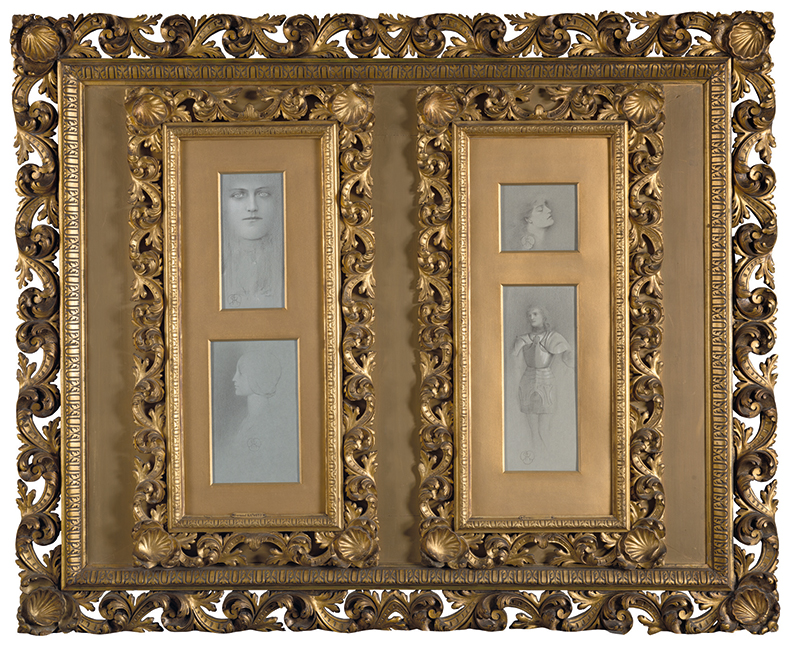
Two Studies for a Sphinx; Two Studies for Victoria (1892), Fernand Khnopff. Christie’s Paris, €478,800
Over in Paris, Salon du Dessin kicked off this week, accompanied by a varied and high-quality sale at Christie’s also devoted to works on paper on Wednesday (22 March). Three out of the 95 lots were pre-empted by museums – the Louvre, Château de Versailles and Musée d’Orsay – and a new record was set for a drawing by the Belgian symbolist Fernand Khnopff. The sheet features four studies of women; two for a Sphinx, and two for a figure called Victoria, who appears once in a trance, and once arrayed in medieval armour. It fetched €478 800, the top lot of a sale that brought in €2.3m and also saw high prices for works by Rubens, Millet and Daumier. The next day, however, a remarkable collection of French cookbooks, spanning some 400 years and amassed by the baron Pierre de Crombrugghe, brought in a total of just €677,124, where €1.5m had been expected. The star lot was an edition of the Cuisinier Taillevant, ou le Viandier – the only surviving complete copy of the earliest known illustrated cookery book, published in Lyon in 1495. Estimated at €400,000–€600,000, the book failed to sell, which must have left a sour taste in the mouth.
Unlimited access from just $16 every 3 months
Subscribe to get unlimited and exclusive access to the top art stories, interviews and exhibition reviews.


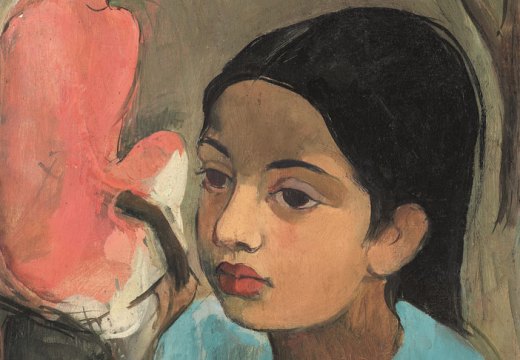
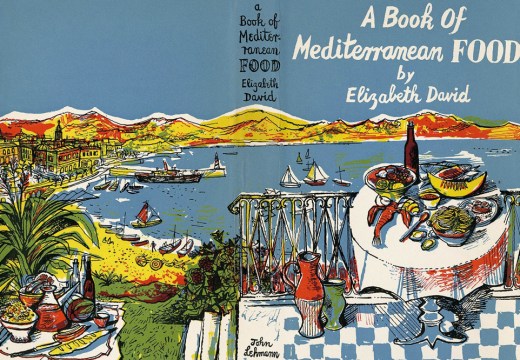
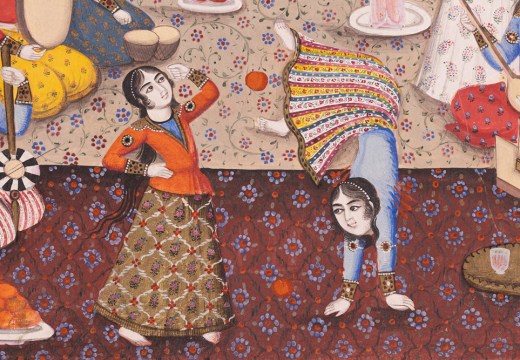









![Masterpiece [Re]discovery 2022. Photo: Ben Fisher Photography, courtesy of Masterpiece London](http://www.apollo-magazine.com/wp-content/uploads/2022/07/MPL2022_4263.jpg)
It’s time for the government of London to return to its rightful home